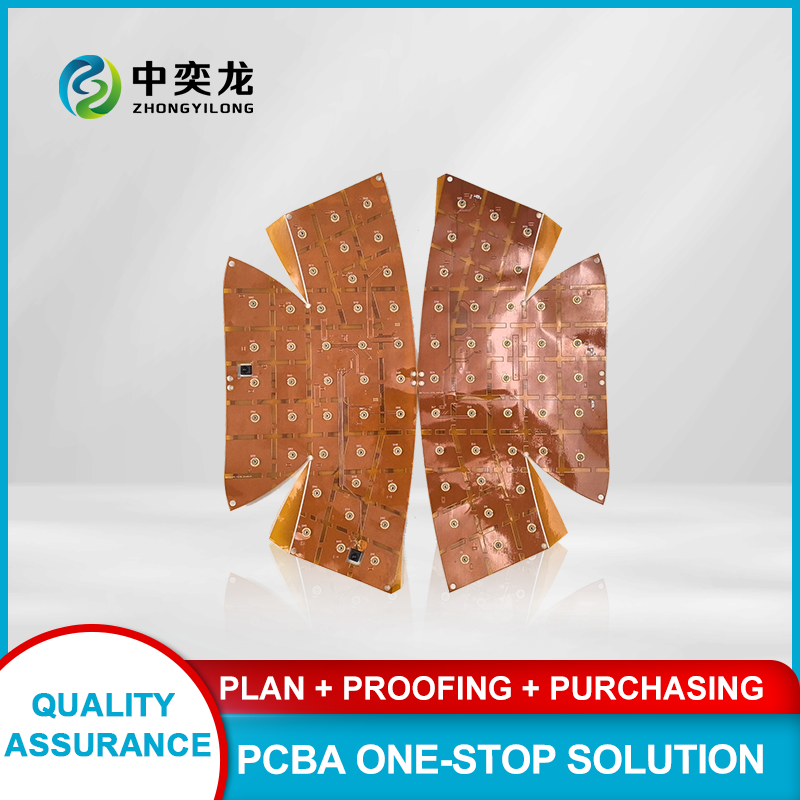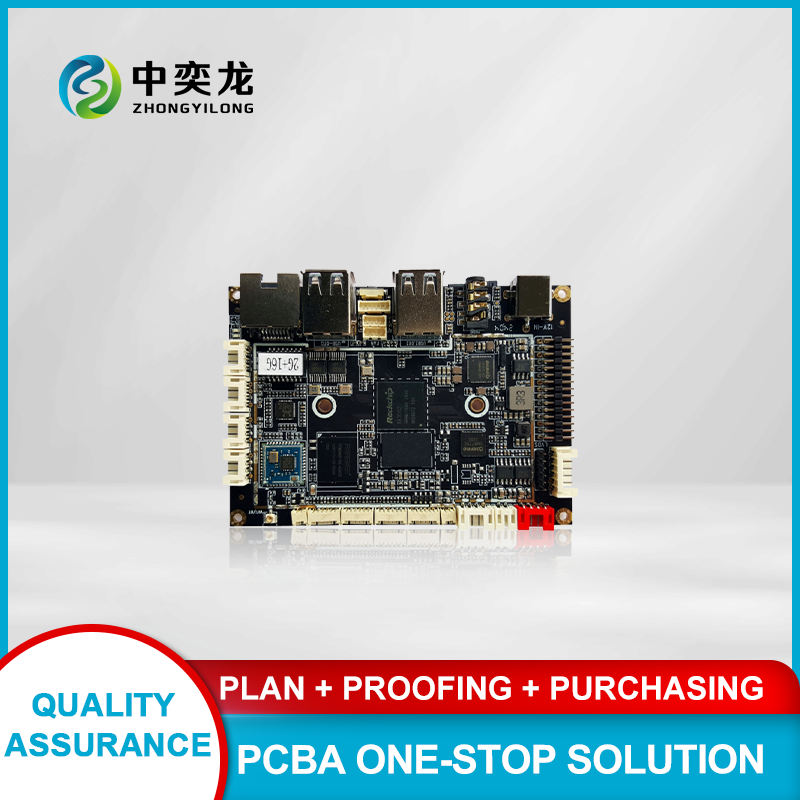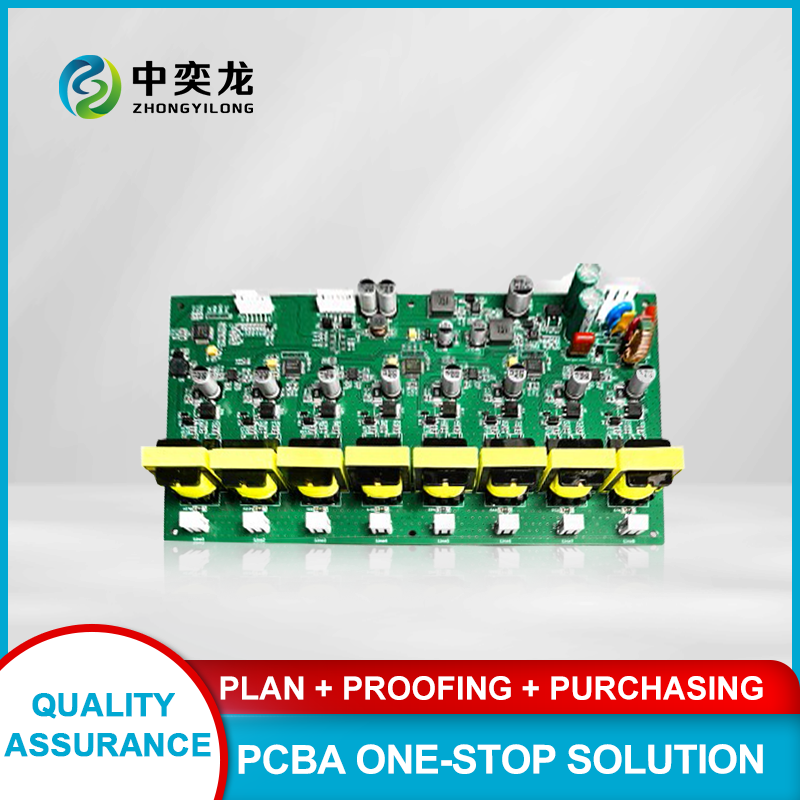
How to Streamline Production for Blood Pressure Monitor PCBAs: A Comprehensive Guide
2025-06-25
How to Streamline Production for Blood Pressure Monitor PCBAs
Table of Contents
- Introduction to Blood Pressure Monitors and PCBAs
- Understanding the PCBA Production Process
- The Importance of PCBAs in Blood Pressure Monitors
- Effective Strategies to Streamline Production
- Implementing Lean Manufacturing Principles
- Embracing Automation in the Production Line
- Utilizing Data Analytics for Enhanced Decision Making
- Integrating Quality Control Measures
- Technological Advancements in PCBA Manufacturing
- Challenges in Blood Pressure Monitor PCBA Production
- The Future of PCBA Manufacturing for Medical Devices
- Conclusion
- FAQs
Introduction to Blood Pressure Monitors and PCBAs
The demand for blood pressure monitors has surged in recent years, driven by an increasing awareness of hypertension and its associated health risks. These devices rely on printed circuit board assemblies (PCBAs) to function effectively. PCBAs are essential components that house the electronic circuitry required for accurate blood pressure measurements. In this article, we will delve into strategies for optimizing the production of PCBAs specifically tailored for blood pressure monitors, ensuring high quality and efficiency in manufacturing.
Understanding the PCBA Production Process
The production of PCBAs involves several intricate steps, each contributing to the performance and reliability of the final product. A standard PCBA production process typically includes:
1. Design and Prototyping
Before production, PCB designs are created using advanced computer-aided design (CAD) software. Prototyping allows manufacturers to test functionalities and make necessary adjustments.
2. Sourcing Components
Selecting high-quality electronic components is crucial. Reliable suppliers ensure that components meet industry standards and regulations.
3. PCB Fabrication
The actual circuit board is fabricated using various materials, with copper and fiberglass being the most common. This step involves etching, drilling, and layering.
4. Assembly
Components are mounted on the PCB through surface mount technology (SMT) or through-hole technology (THT). This stage is critical for ensuring the correct placement and soldering of components.
5. Testing
Comprehensive testing, including functional tests and quality inspections, is performed to identify any defects or inconsistencies.
6. Packaging and Shipping
Once assembled and tested, the PCBA is packaged carefully to prevent damage during transit.
The Importance of PCBAs in Blood Pressure Monitors
PCBAs are the backbone of blood pressure monitors, translating analog signals from blood pressure measurement into digital formats that can be displayed to users. The quality and reliability of these PCBAs directly influence the accuracy of readings, which is paramount in medical applications. Furthermore, due to regulatory requirements, each PCBA must adhere to strict guidelines to ensure patient safety.
Effective Strategies to Streamline Production
To enhance the efficiency of PCBA production for blood pressure monitors, several actionable strategies can be employed:
Implementing Lean Manufacturing Principles
Lean manufacturing focuses on minimizing waste while maximizing productivity. By adopting lean principles such as value stream mapping, manufacturers can identify bottlenecks and streamline processes.
Key Steps in Lean Implementation
- **Assess Current Processes:** Map out existing workflows to pinpoint inefficiencies.
- **Eliminate Non-Value-Added Activities:** Focus on activities that add value to the product.
- **Continuous Improvement:** Regularly review processes to foster a culture of ongoing efficiency.
Embracing Automation in the Production Line
Automation technology has revolutionized the manufacturing industry, and its integration into PCBA production can significantly enhance efficiency. Automated assembly machines can reduce human error and increase throughput.
Benefits of Automation
- **Increased Precision:** Machines perform tasks with high accuracy, reducing defective products.
- **Cost Reduction:** Automation lowers labor costs and increases production speed.
- **Scalability:** Automated systems can be scaled up or down based on production needs.
Utilizing Data Analytics for Enhanced Decision Making
Data analytics provides valuable insights into production processes, enabling manufacturers to make informed decisions. By analyzing data from every stage of production, companies can identify trends, predict equipment failures, and optimize resource allocation.
Implementing Analytics Tools
- **Real-Time Monitoring:** Use IoT devices to monitor production in real-time.
- **Predictive Maintenance:** Analyze data to anticipate maintenance needs, reducing downtime.
- **Performance Metrics:** Track key performance indicators (KPIs) to assess overall efficiency.
Integrating Quality Control Measures
Quality control is critical in the production of medical devices. Implementing rigorous quality assurance (QA) protocols ensures that each PCBA meets safety and performance standards.
Effective Quality Control Techniques
- **Standard Operating Procedures (SOPs):** Establish clear guidelines for each production step.
- **Regular Audits:** Conduct frequent audits to ensure compliance with industry regulations.
- **Feedback Loops:** Encourage feedback from production teams to identify potential quality issues.
Technological Advancements in PCBA Manufacturing
Recent technological advancements have greatly impacted the PCBA manufacturing process, facilitating increased efficiency and quality. Innovations such as 3D printing and advanced soldering techniques have transformed traditional practices.
3D Printing in PCB Prototyping
3D printing allows for rapid prototyping of PCBs, enabling manufacturers to iterate designs quickly and cost-effectively. This technology reduces lead times and accelerates product development cycles.
Advanced Soldering Techniques
Innovations in soldering technologies, such as selective soldering and laser soldering, have improved the assembly process by enhancing joint reliability and reducing thermal stress on components.
Challenges in Blood Pressure Monitor PCBA Production
While streamlining production is essential, several challenges must be addressed:
1. Component Availability
Supply chain disruptions can impact the availability of critical components. Establishing strong relationships with suppliers and diversifying sourcing options can mitigate risks.
2. Regulatory Compliance
Medical devices are subject to stringent regulatory standards. Staying abreast of changing regulations is crucial to maintaining compliance and avoiding penalties.
3. Workforce Skills
As technology evolves, ensuring that the workforce is adequately trained is vital. Continuous education and training programs can help keep employees updated on the latest technologies and techniques.
The Future of PCBA Manufacturing for Medical Devices
The future of PCBA manufacturing for blood pressure monitors looks promising, with advancements in technology and methodologies paving the way for smarter, faster production processes. Emerging trends such as the Internet of Medical Things (IoMT) and artificial intelligence (AI) are set to further enhance efficiency and connectivity in production.
Conclusion
Streamlining production for blood pressure monitor PCBAs is not merely a goal but a necessity in today's competitive landscape. By implementing lean manufacturing principles, embracing automation, utilizing data analytics, and ensuring rigorous quality control, manufacturers can achieve significant improvements in efficiency and product quality. As technology continues to evolve, staying ahead of the curve will be essential for maintaining a leading position in the medical device industry.
FAQs
1. What are PCBAs, and why are they important for blood pressure monitors?
PCBAs (Printed Circuit Board Assemblies) are crucial as they house the electronic components that enable blood pressure monitors to function accurately.
2. How can lean manufacturing principles benefit PCBA production?
Lean manufacturing minimizes waste, optimizes processes, and increases productivity, leading to more efficient PCBA production.
3. What role does automation play in PCBA assembly?
Automation enhances precision, reduces labor costs, and increases production speed, making the assembly of PCBAs more efficient.
4. How can data analytics improve PCBA manufacturing?
Data analytics provides insights into production performance, allowing for informed decision-making and improved process optimization.
5. What challenges do manufacturers face in PCBA production?
Manufacturers face challenges such as component availability, regulatory compliance, and the need for a skilled workforce in an evolving technological landscape.
Related News













 WhatsApp
WhatsApp
 E-mail
E-mail